We may earn money or products from the companies mentioned in this post. This means if you click on the link and purchase the item, I will receive a small commission at no extra cost to you ... you're just helping re-supply our family's travel fund.
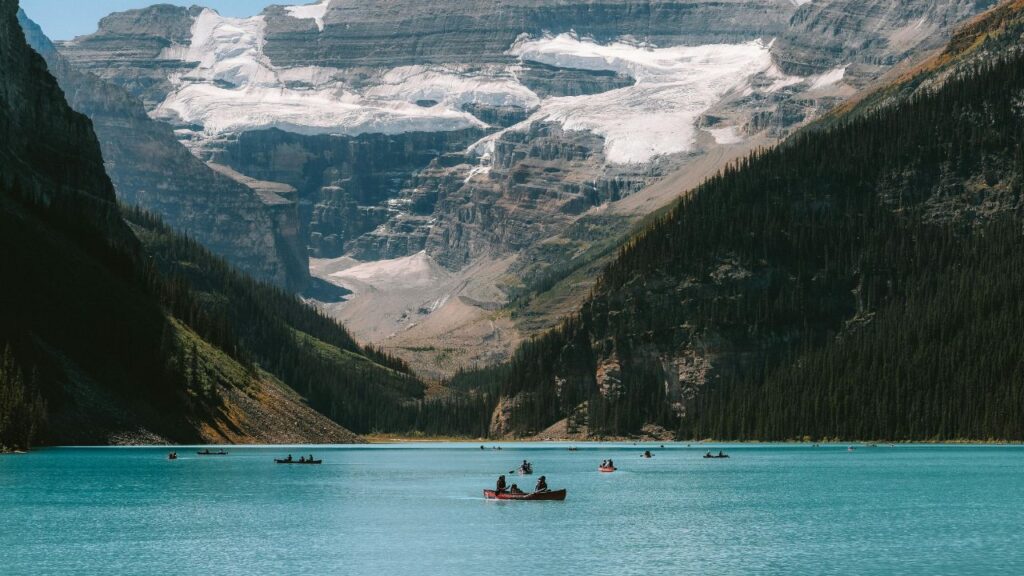
For decades, Canadian tourists have been a reliable presence in U.S. cities, beach towns, and national parks. They bring a steady flow of visitors year-round, particularly in destinations close to the border or in popular vacation states like Florida, California, and New York. But economic shifts, rising travel costs, and new travel habits have caused a noticeable decline in Canadian arrivals. This shift could mean lighter crowds and better deals for some travelers, but also potential challenges for local economies.
Why Canadian Tourists Matter

Canada consistently ranks among the top sources of international visitors to the United States. Proximity, cultural similarities, and ease of travel have made it a natural choice for Canadian vacationers. Their spending supports hotels, restaurants, attractions, and retail stores, especially in regions heavily dependent on tourism. In some cities, a dip in Canadian visitors can have a measurable effect on local revenue, making their absence felt by businesses and tourism boards alike.
What’s Causing the Decline
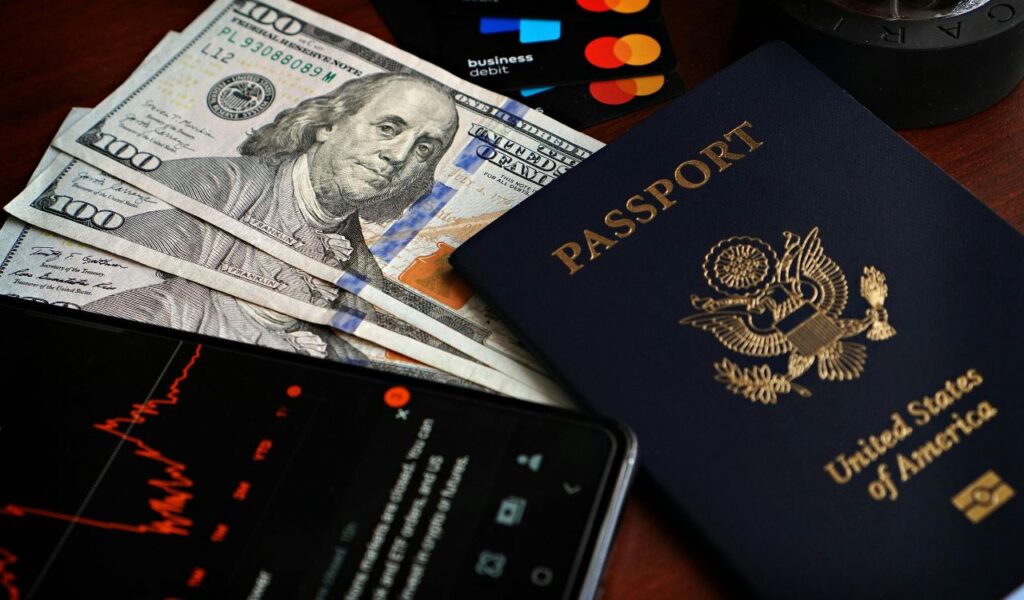
Several factors are contributing to fewer Canadians crossing the border. The weaker Canadian dollar makes U.S. vacations more expensive, while high airfare, fuel prices, and accommodation costs discourage travel. Many Canadians are also exploring domestic options or choosing international destinations where their currency goes further. In some cases, stricter travel requirements and longer wait times at border crossings have added enough inconvenience to shift travel plans elsewhere.
Destinations Seeing the Biggest Impact
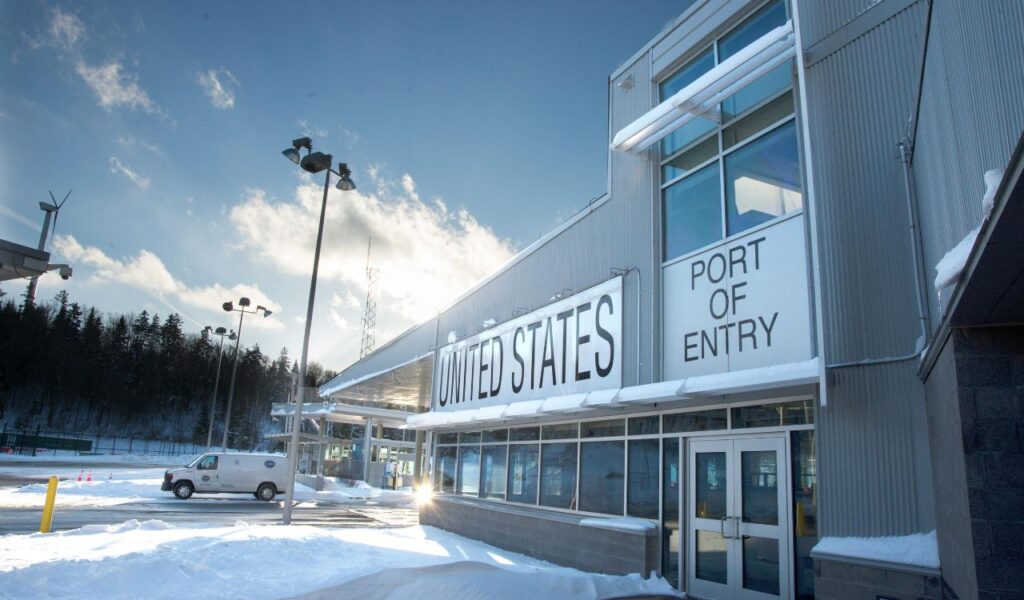
Border cities like Buffalo, Detroit, and Seattle feel the effects first when Canadian travel drops. Popular snowbird destinations in Florida, California, and Arizona are also noticing smaller winter crowds. Tourist-heavy spots like Las Vegas and New York City have reported dips in Canadian spending. Even national parks near the border, such as Glacier and Acadia, are seeing a change in visitor numbers, affecting seasonal tourism-dependent communities.
How Travelers May Benefit

For U.S. and other international travelers, the decline in Canadian visitors can mean lighter crowds at popular attractions and more availability in hotels and vacation rentals. With fewer people competing for reservations, some destinations may offer better rates or last-minute deals. Shorter lines, easier restaurant bookings, and less congested public spaces create a more relaxed travel experience, particularly in places that are normally packed during peak Canadian travel seasons.
Opportunities for Off-Season Travel

With fewer Canadians booking traditional peak dates, some destinations now offer a quieter off-season that feels almost private. Travelers willing to visit during shoulder months can enjoy lower prices and a more relaxed atmosphere without sacrificing good weather. National parks near the border, coastal retreats, and popular city escapes are all seeing softer demand, giving flexible travelers the chance to experience popular spots with less hustle and more breathing room.
Potential Downsides
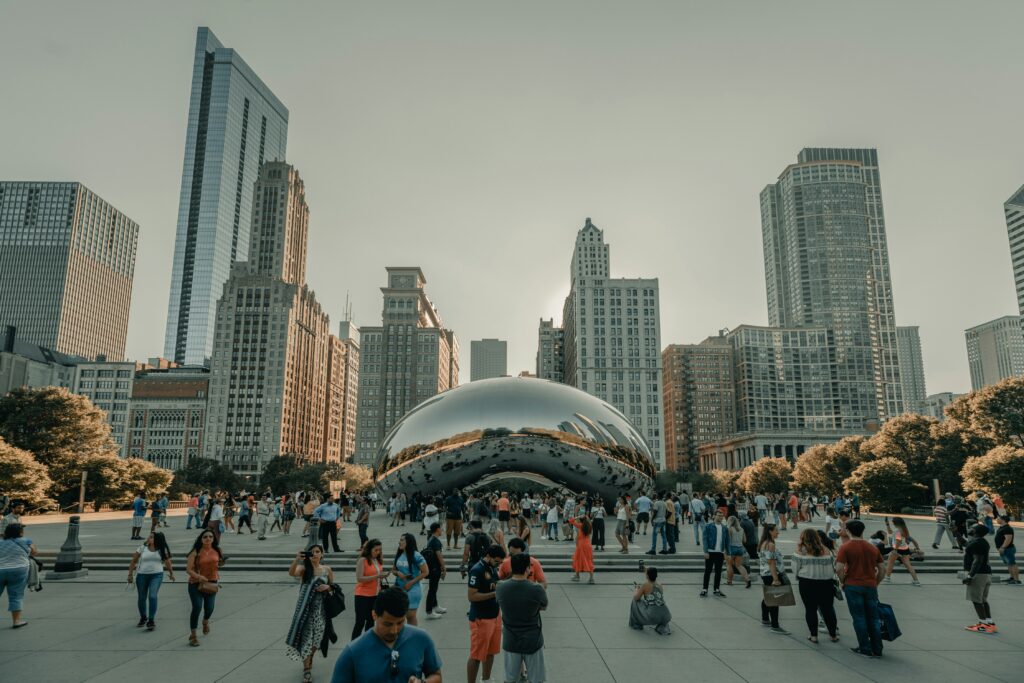
While lighter crowds sound appealing, fewer Canadian visitors can also lead to reduced services. Some seasonal businesses, tours, or events rely heavily on Canadian tourism to operate. A significant drop in visitors might mean shortened operating hours, fewer scheduled activities, or scaled-back events. In certain areas, decreased tourism revenue could also delay infrastructure upgrades or limit investment in new attractions that benefit all travelers.
Will the Trend Last?
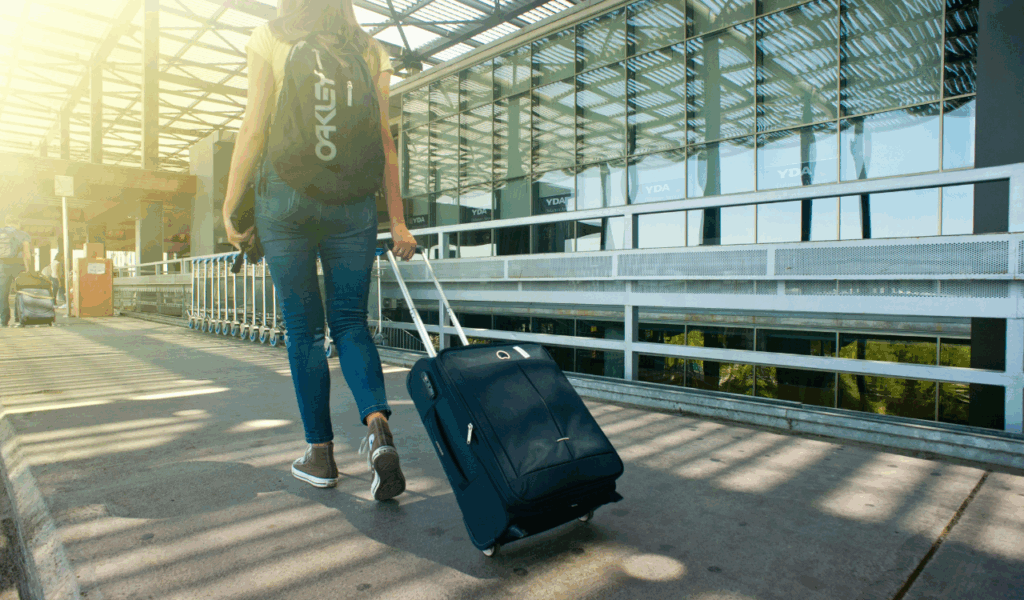
The current decline may not be permanent. If the Canadian dollar strengthens, fuel prices drop, or border wait times improve, Canadian travelers could return in greater numbers. Changes in airline pricing, promotional campaigns, or favorable economic shifts might also reverse the trend. On the other hand, if domestic and alternative travel options continue to offer better value, U.S. destinations might need to adjust their marketing and pricing to win them back.
Tips for Taking Advantage of the Shift

Travelers who want to make the most of this opportunity should target destinations traditionally popular with Canadians and plan trips during peak Canadian travel seasons, such as winter in Florida or summer near the Great Lakes. Keep an eye out for hotel promotions or package deals in these areas. Being flexible with travel dates, booking activities in advance, and visiting attractions early in the day can help you maximize the benefits of smaller crowds and better availability.